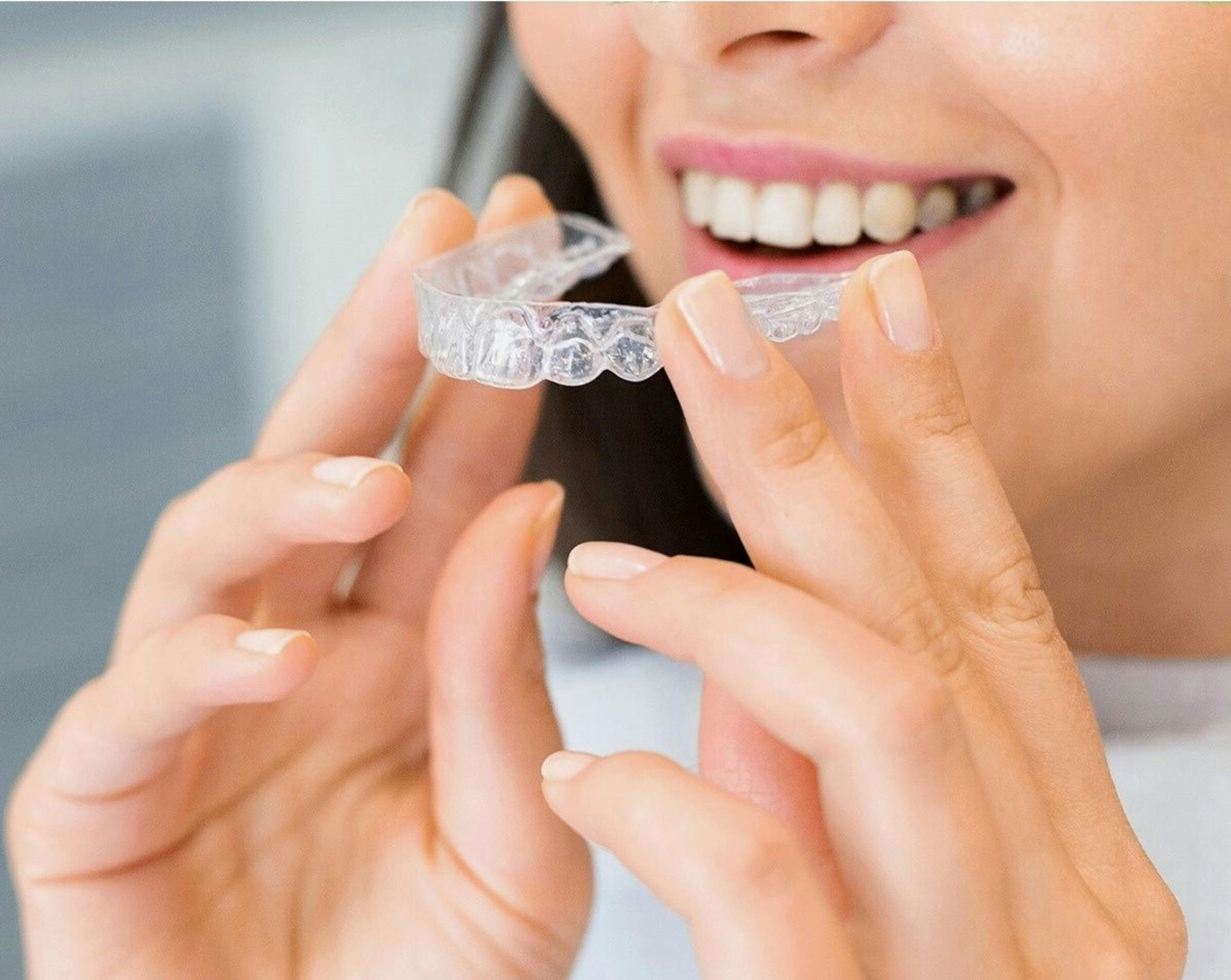The Hidden Infection in Your Jawbone - Cavitation
Posted by Seattle Dental Care - Biological Dental Care Apr 26, 2025

The Hidden Infection in Your Jawbone - Cavitation
What is a Cavitation?
A cavitation is not a cavity, despite the similar name. Instead, it refers to an area of chronically infected, dead bone, also called necrotic bone, in the jaw, most often found in sites where teeth have been extracted, especially wisdom teeth.
In conventional dentistry, after a tooth is removed, the focus is usually on whether the socket closes and heals on the surface. But biological dentists go a step further. Did the bone heal properly underneath? If it didn’t, there may be lingering bacteria, toxins, and compromised blood flow trapped in the bone. This is what we call a jawbone cavitation.
What Causes Cavitations?
Cavitations most commonly form due to:
- Improper healing after tooth extractions, especially when periodontal ligament remnants are left behind
- Lack of thorough debridement of the extraction site
- Poor circulation or immune response in the area
- Chronic infections that go unnoticed beneath the gumline
Cavitations are often associated with areas where wisdom teeth were removed in young adulthood, but they can also occur in the sites of extracted old root canals or traumatic dental procedures.
Why Are Cavitations a Concern?
Cavitations can harbor anaerobic bacteria, the kind that thrives without oxygen. These bacteria may release harmful toxins that can circulate throughout the body via the lymphatic and bloodstream, potentially contributing to:
- Chronic fatigue
- Autoimmune disorders
- Neurological symptoms
- Unexplained pain
- Immune dysregulation
Because cavitations don’t always cause localized pain, they are often called “silent infections” and can go undetected for years.
How Are Cavitations Diagnosed?
Unlike cavities or gum disease, cavitations don’t always show up clearly on a standard dental X-ray. It requires advanced imaging such as 3D Cone Beam CT scans (CBCT) to evaluate bone density and detect hidden voids or infection.
If a patient is dealing with unexplained symptoms or chronic illness, especially after previous dental extractions, we need to explore whether cavitations could be contributing to their condition.
Treatment: How Do We Address Cavitations?
As biological dentists, we focus on safe, biocompatible surgical debridement of the infected bone. This means we carefully remove the necrotic tissue, clean the area thoroughly, and encourage proper bone regeneration using supportive tools such as:
- Ozone therapy to disinfect and oxygenate the site
- Platelet-Rich Fibrin (PRF) from your own blood to promote healing
- Nutritional support to encourage tissue regeneration
- Biocompatible graft materials from your own tooth
- Laser therapy to reduce inflammation and stimulate cellular repair
- Surgery to remove infection and thoroughly cleanse the site
What Makes Biological Treatment Different?
While conventional approaches may overlook cavitations entirely, biological dentists recognize the mouth to body connection. We consider how unresolved dental infections can affect overall health, not just your teeth and gums. Our goal is to remove obstacles to healing, not just patch problems.
When to Ask About Cavitations
You might consider exploring cavitation diagnosis and treatment if you have:
- A history of wisdom tooth or molar extraction
- Chronic symptoms with no clear medical explanation
- Previous root canals in the same area
- Autoimmune or systemic health challenges
- Persistent pain, pressure, or sensitivity in the jaw
At Seattle Dental Care, we are committed to uncovering and addressing the root causes of oral disease. If you suspect a cavitation or are simply looking for a more integrative approach to dental care, we invite you to reach out by contacting us at (206) 728-1330.
Working Hours
MON - SUN8:00 am - 5:00 pm
Location
2107 Elliott Ave Ste 210,
Seattle, WA WA 98121
MON - SUN 8:00 am - 5:00 pm
2107 Elliott Ave Ste 210,
Seattle, WA
Phone : (206) 728-1330Text Us : (206) 728-1330





